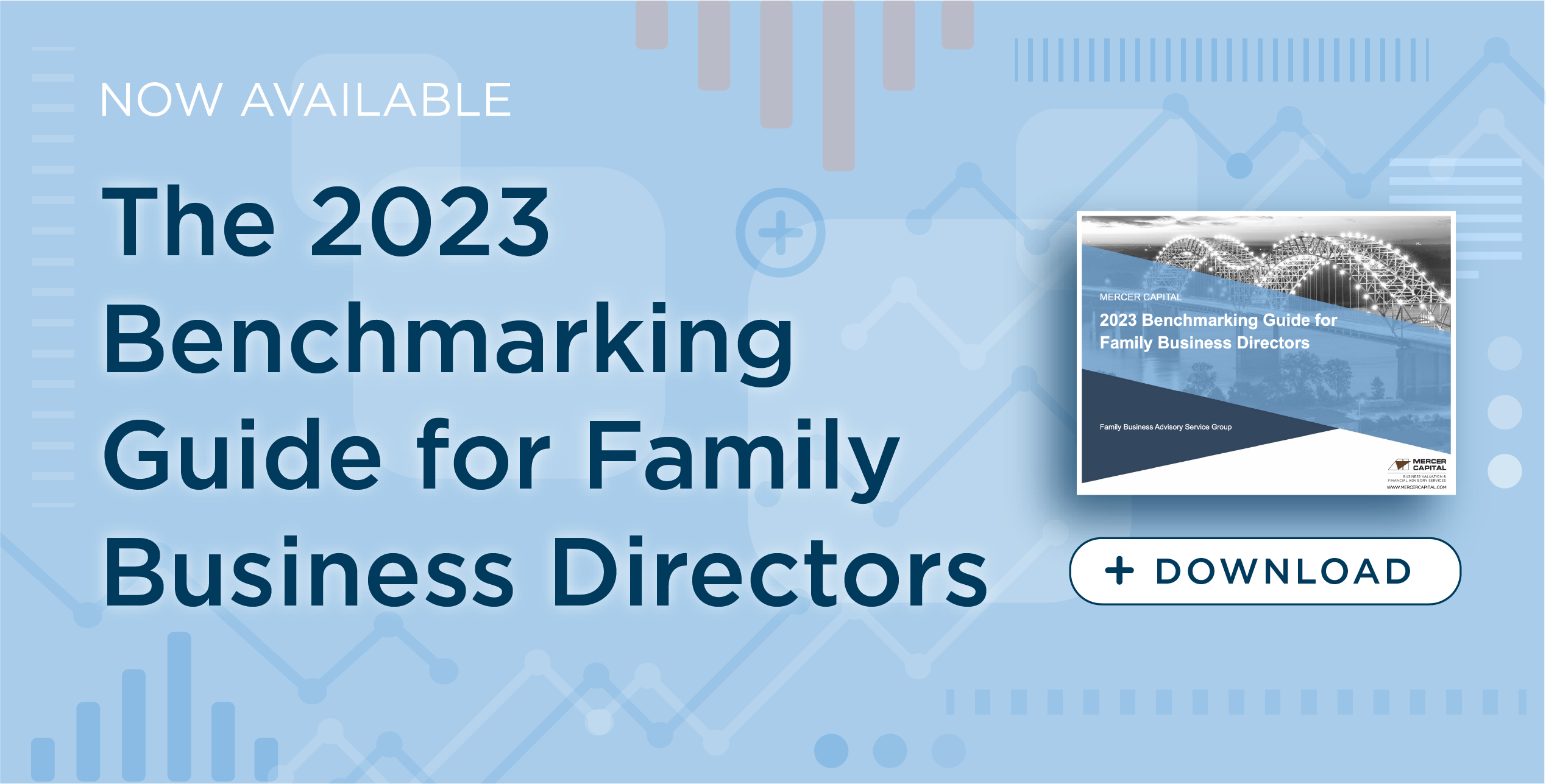Family Business Industry Spotlight: Beverage Wholesalers
This week’s post is the first in a periodic series of “Family Business Industry Spotlights.” In these posts, we will share conversations with our family business advisory professionals who have deep experience working with family businesses in a particular industry. We think the conversations promise to be of interest to family business directors regardless of their industry. This week, we talk with Tim Lee about the challenges and industry trends facing families in the beverage wholesaling industry.
1. How have beverage wholesalers performed over the past decade?
This is a good-news-bad-news answer. For context, we need to describe the structure of the industry. Beverage wholesalers occupy the middle tier of a three-tier regulatory system in the alcoholic beverage industry. With very few exceptions, virtually all alcoholic beverages must be delivered through the wholesaler channel which connects beverage producers and suppliers with the various retail licensees that sell goods to consumers.
Let’s tackle the bad news for malt beverage wholesalers – the major domestic brands, while still commanding considerable market share, are experiencing decreasing volume as consumers clamor for new choices. Ironically, despite the ongoing search for something new, prime consumer demographics have become saturated with an overabundance of beverage categories and choice, as attested by the peaking or shrinking volumes of some well-known craft brewers. Boomer consumption patterns, particularly in high-density markets, no longer provide a safe haven for the major domestic brands. Low-density markets still survive on the fading market share glory of legacy brands, but small territories with costly windshield times are exhibiting declining volumes due to an aging consumer base lacking/lagging in new product adoption. Additionally, in gentrified high-density markets, wine & spirits and alternative choices abound, eroding brewers’ share of mouth.
The short answer is – many wholesalers are doing fine, some better than ever.
Despite the challenges on the malt side of the beverage world, innovation in craft, imports, and new categories, coupled with premium pricing across the spectrum have generally kept malt wholesalers cash flowing and profitable, albeit middle-tier consolidation has left fewer family wholesalers banking the dividends. Wine & spirit wholesalers are doing quite well as many states liberalize previously restrictive retail licensing laws and an aging demographic pushes consumption patterns toward presumably less filling, higher alcohol-content beverage choices. As with the malt side of the industry, the increasing dominance of large wine & spirit wholesalers has thinned the ranks of independent operators.
So, the short answer is – many wholesalers are doing fine, some better than ever. Others are facing certain absorption as the middle tier of the industry consolidates and hybridizes with other beverage categories.
2. In your experience, how do families in the beverage wholesaling industry deal with ownership and management transition?
Suppliers in the alcoholic beverage industry generally require their wholesalers to demonstrate ownership stability and commitment through direct business involvement. In general, owners are required to be active participants in their businesses and to have approved succession and contingency plans. As with other closely held businesses, familial continuity plans often evolve, promoting or mandating mergers or outright sales in order to facilitate the liquidity needs of departing owners whose wealth is often concentrated in their family businesses. In cases where continuing family ownership is desired and feasible, we see varying approaches for transitioning ownership that range from conventional trust and estate strategies to thoughtfully designed and funded buy-sell agreements. Regardless of the strategy employed, an acute understanding of how “fair market value” reconciles to strategic market value is vital to buyers and sellers in the transaction process.
3. What are the biggest risks facing families in the beverage wholesaling industry today?
The elephant in the room for family transition planning is consolidation and the ever-encroaching specter of professionalized capital upon the industry. Families with the talent, capital, and risk tolerance to mimic the deep-pocketed players in the industry should fare well. Those without the resources may be forced to bid farewell sooner than later.
The elephant in the room for family transition planning is consolidation and the ever-encroaching specter of professionalized capital upon the industry.
Risk for families in this industry is a very situational and subject to personal perspective. The industry is, in my view, relatively low in execution risk under the prevailing regulatory platform. It seems a virtual certainty that consumers will consume a certain amount of alcohol in one variety or another for the foreseeable future just as they have over the course of human history. However, middle-tier operators are getting squeezed from both sides of their industry. Disruption by way of regulatory change and the commercial interests that compel such changes seem a risk to the wholesaler industry as a whole. In the interim, the risk is that smaller wholesalers will continue to get pushed out.
On the bright side, unlike virtually all other industries where going out of business is economically punitive, laws in most states oblige suppliers and consolidators to compensate exiting wholesalers for the value of their brand rights. Wholesalers who lack a fundamental understanding of transaction finance and brand rights valuation run the risk of leaving money on the table in those transactions. Likewise, families electing to prune their shareholder base need a proper understanding of the options and challenges that accompany inter-family transactions.
4. What is the most important industry trend that will affect families in the coming decade?
At the risk of oversimplifying: consolidation, consolidation, consolidation. Apologies – that was three most important trends. The trends that affect consolidation are varied and complex, and the characteristics of transaction participants can have a direct bearing on deal values. Families must get informed or risk being on the wrong side of a zero-sum equation.
If your distributorship is healthy but stagnant, the industry is serving notice to either grow or exit. Simply put, growth means deploying capital and/or deferring liquidity in an evolving market with emerging risks – selling out means harvesting business value and reallocating family wealth to other assets. Big consolidators appear convinced that the legacy system will eventually experience a meaningful shake-up. Mergers among global producers and the downstream consolidation of wholesalers suggest that, with the stroke of a regulatory pen, the historically distinct tiers of the U.S. alcoholic beverage system could be dramatically re-ordered.
5. If you could add one agenda item to a beverage wholesaler’s next board meeting, what would it be?
As a valuation and litigation practitioner and a transaction intermediary, I’d be remiss if I didn’t advise directors and major shareholders to get familiar with the myriad of value drivers in the industry. There’s only one way to do that, which involves retaining an expert. Also lacking for many wholesalers is a proper understanding of how tax reform has altered longstanding rules of thumb that many use to gauge their brand and distributorship valuations. Get informed or risk getting out maneuvered by the deeper pocketed and growing oligarchy of beverage operators.
 Family Business Director
Family Business Director 











